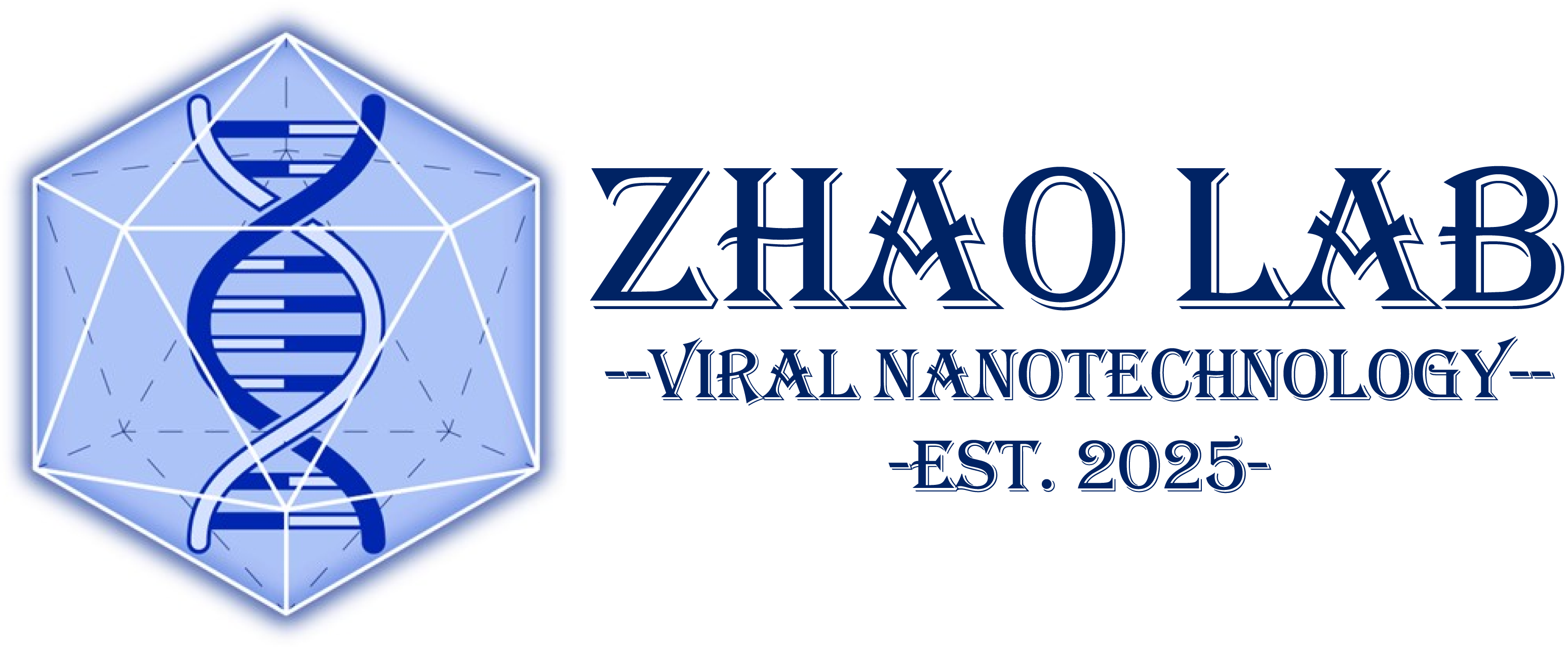Cancer Immunity Cycle

Engineering Virus-Like Nanoparticles for Next-Generation Nanomedicines
Toolkit: The Versatile Self-assembly Hepatitis B Virus Capsid System
Hepatitis B virus (HBV) capsid is a proteinaceous and non-infectious virus-like nanoparticle (VLP). It has a simple but versatile system where the capsids can be disassembled into subunits and the subunits can spontaneously assemble into capsids. Using various engineering approaches, the VLP can be decorated and loaded with various cell targeting and immunostimulatory moieties, such as proteins, peptides, oligonucleotides, mRNA, etc to stimulate immune systems toward disease treatment.

Research Direction 1
Engineering VLP for TLR Agonist-Based Multi-Functional Cancer Immunotherapies
Cell- and immune checkpoint inhibitor-based immunotherapies have shown potential in treating cancers, but there has been limited efficacy in solid tumors due to impaired immunity and immunosuppressive tumor microenvironment (TME). The goal of this research is to develop potent multi-functional immunotherapies that not only can effectively reverse the immunosuppressive TME and restore natural anti-tumor immunity but can also treat active cancer and prevent recurrence. There are currently three research projects as listed below.
- Engineer VLP-based multi-TLR agonists to improve anti-tumor immune response
- Develop VLP to package TLR agonists and mRNA encoding cytokines
- Engineer VLP-TLR agonists to target and deliver mRNA to reprogram M2 macrophages

Research Direction 2
Developing Next-Generation VLPs through Directed Evolution of HBV Capsid
VLPs are attractive nanomaterials for nanomedicine development due to their ease of functional engineering. However, most VLPs are derived directly from its natural viruses, leading to the VLPs having nature-selected and defined protein sequences and structures. This inherent rigidity constrains their engineering potential, versatility for integrating various functionalities, and suitability for specific applications. The goal of this research is to overcome these limitations by employing directed evolution to create a library of VLPs, each tailored with a distinct structure and function. These engineered VLPs, with their defined characteristics, can serve as smart nanoparticles for a wide range of specific applications.

Research Supports


